Racism is a complex issue that affects communities in ways we might not always see or understand. Even with the strides our nation has made, race remains a dividing line in many places. From school systems to law enforcement, disparities persist. And sometimes, whole towns develop notorious reputations for their racial history. Let’s explore some of the towns in America that have become symbols of racism, both in the past and today.
Harrison, Arkansas: “The Most Racist Town in America”
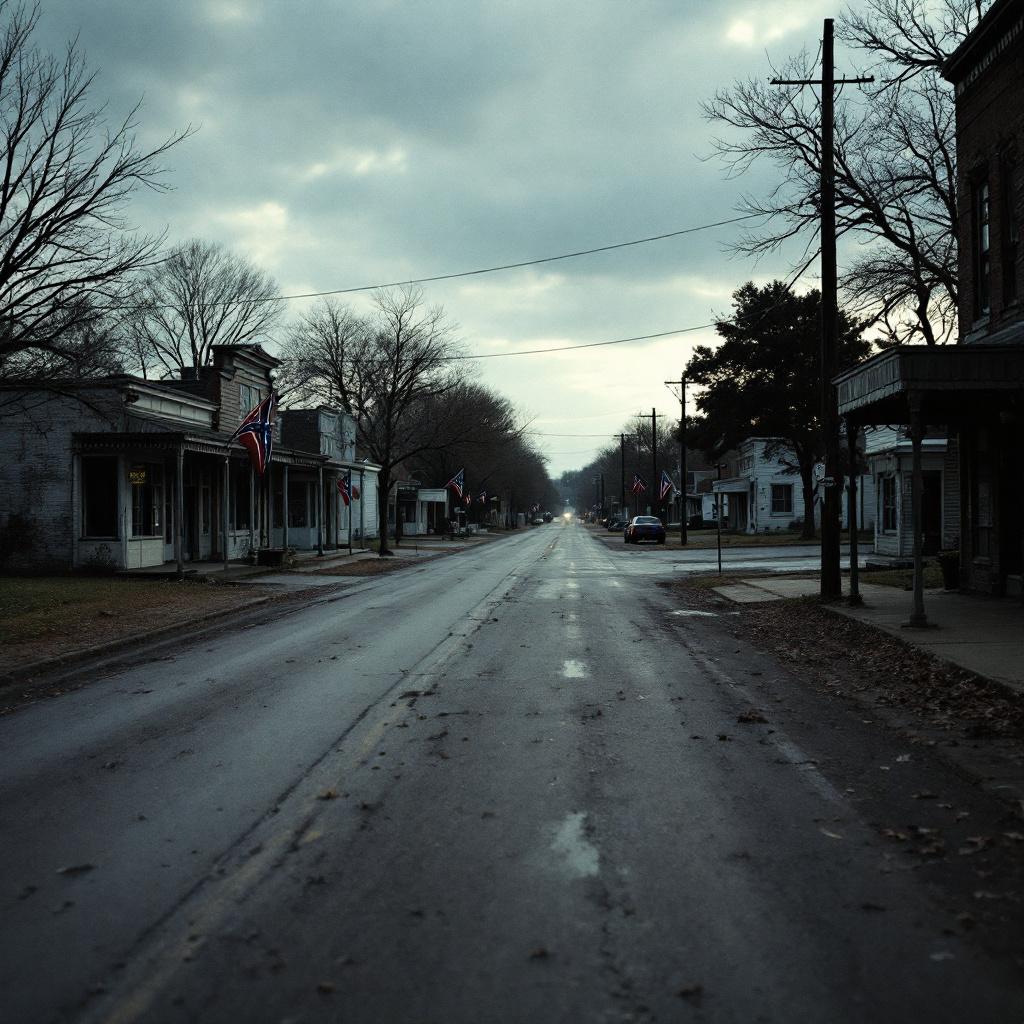
Harrison, Arkansas, has long carried the unenviable title of “the most racist town in America.” You could arguably blame this on its history, dating back to the Harrison Race Riots of 1905 and 1909. During those years, the town violently expelled nearly all of its Black residents, leaving behind an almost entirely white population.
In recent years, a viral video called Holding a Black Lives Matter Sign in America’s Most Racist Town only fueled this reputation. In the video, Bob Bliss (who is white) faced a barrage of verbal abuse and threats in Harrison simply for holding up the sign.
To top it off, Harrison serves as the mailing address for the Ku Klux Klan, tarnishing its image further. However, local residents aren’t apathetic. Since 2003, the town has held a community task force on race relations to combat this ugly legacy. The task force has helped remove offensive billboards, with over 8,000 signatures gathered in a fight for a more inclusive future. The road may be long for Harrison, but locals are working toward equality.
Anchorage, Alaska: Hidden Racism Against Native Alaskans
In Anchorage, Alaska, racism often hides in plain sight—particularly against Native Alaskan communities. These natives make up only 16% of Alaska’s population, but they account for roughly 29% of all homicide victims. Native Alaskan women also face an epidemic of violence, with many cases remaining unsolved for years.
The situation isn’t just about crime statistics. Schools in Anchorage are equally troubling. Black and Native Alaskan students receive failing grades at rates far higher than their white peers, exposing cracks in the education system. Lack of access to resources and inequities in teaching contribute heavily to these achievement gaps.
But despite these obstacles, Anchorage is also a city of growth. It’s one of the fastest-growing cities in terms of racial and ethnic diversity. Anchorage’s future could reflect the possibilities of change, given enough effort to address these inequalities.
Leith, North Dakota: A Dark Chapter in White Supremacy
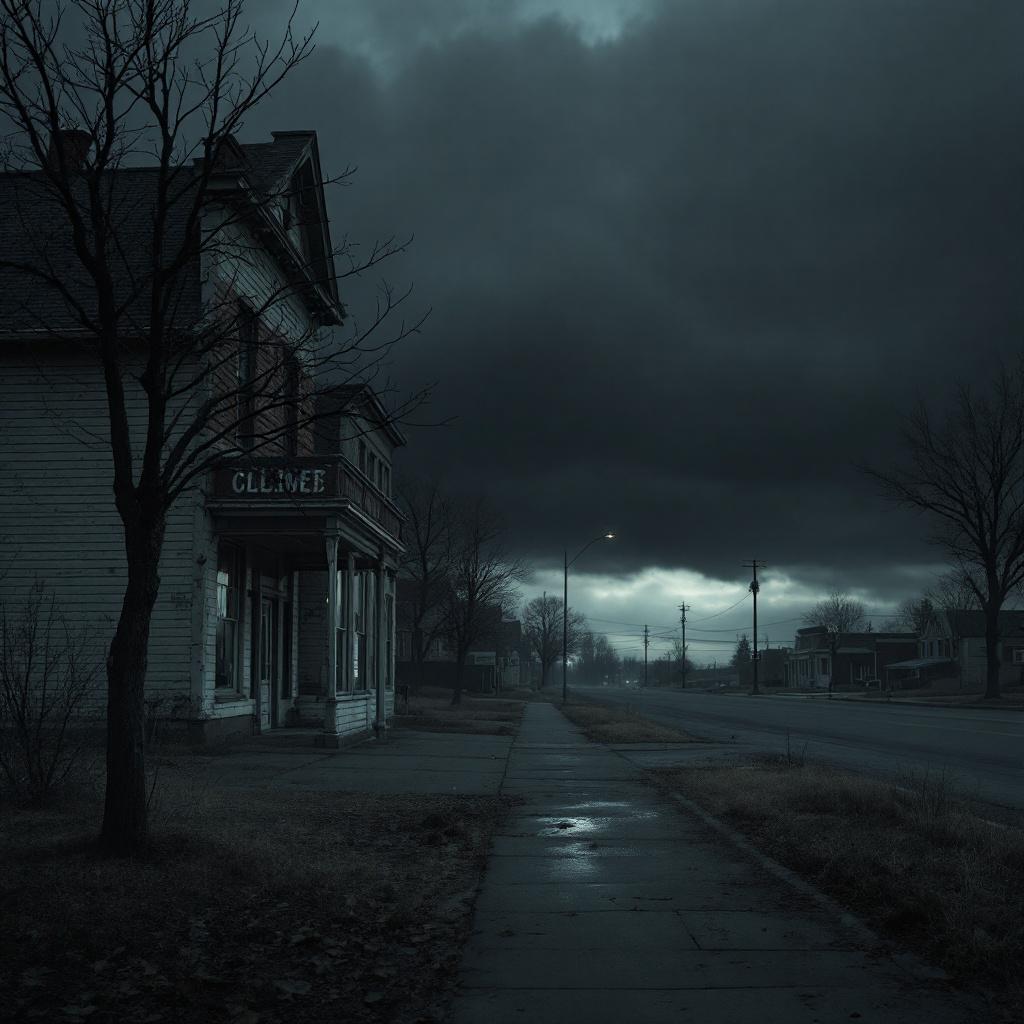
Leith, North Dakota, might be small, but its story is alarmingly big. In 2012, white nationalist Craig Cobb tried to turn the tiny town of 29 people into a hub for white supremacy by buying up parcels of land. Encouraging his followers to move to Leith, Cobb’s plan came to life when two of his supporters were voted onto the city council in 2018.
Though Cobb’s attempt to take over the town eventually failed, the residents faced significant turmoil. They blocked his efforts, petitioning Grant County to dissolve Leith as a city, though their attempt fell short. Cobb later sold his land and left, but the memory lingers, immortalized in the PBS documentary Welcome to Leith. Despite this, Leith’s story stands as a testament to the power of community to resist hatred and reclaim their homes.
Fresno, California: A Tale of Two Cities
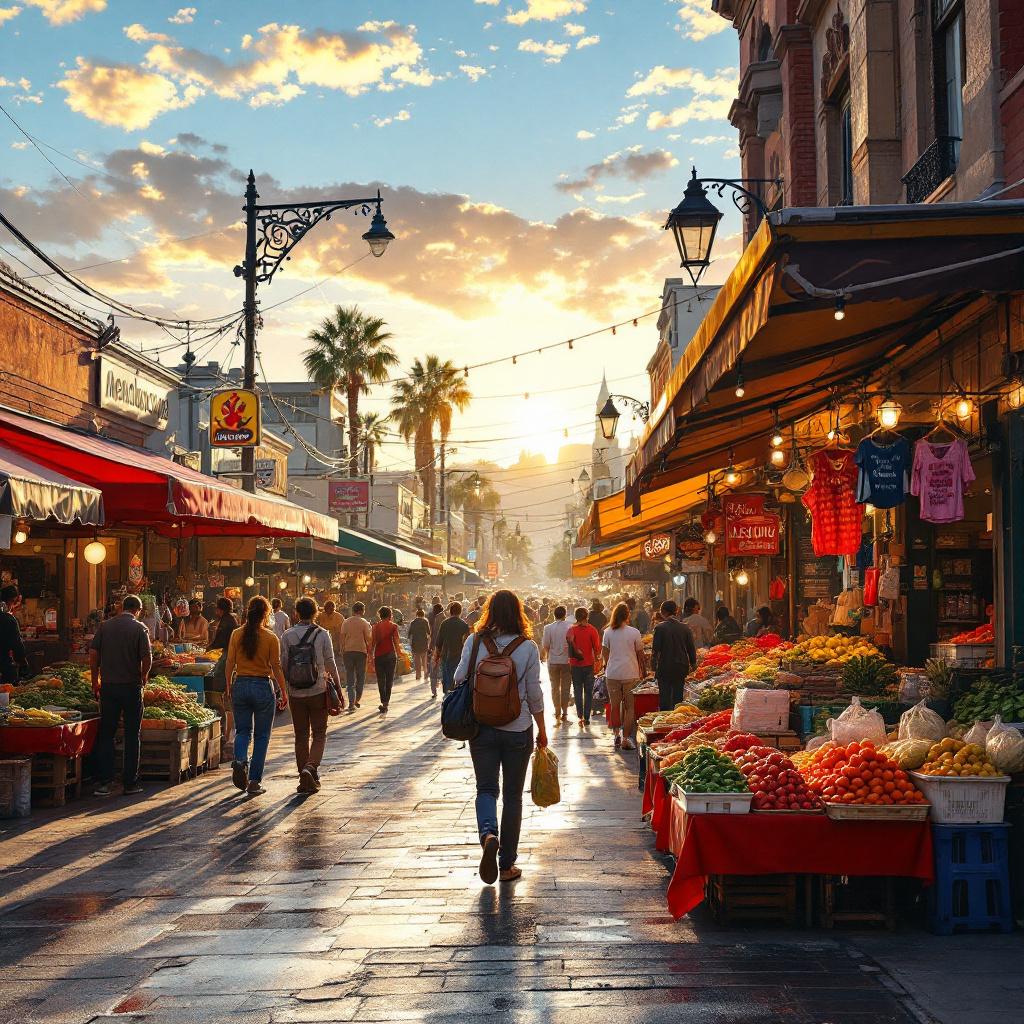
Fresno, one of California’s largest cities, is an unmistakable example of racial segregation within a single community. On the western side of Fresno, which is predominantly Latino and Black, you’ll find neglected roads, overcrowded schools, and high poverty levels. The city’s infrastructure tells you everything you need to know about the disparities between east and west Fresno.
This division isn’t accidental—it stems from redlining policies that were enforced legally up until the 1960s. Although these practices are no longer lawful, their legacy continues. West Fresno’s predominantly non-white communities face higher poverty rates while much of the rest of the city prospers. Although the city is slowly coming to terms with its history, much more work is needed to close the gaps that still exist.
Vidor, Texas: Legacy of a Sundown Town
Vidor, Texas, might be just east of Houston, but for years, its reputation has been one that many people wouldn’t want their town to have. Vidor was once a sundown town, meaning Black Americans were not allowed there after dark. Although these signs came down long ago, the reality remains: the Black population here is almost nonexistent.
In 1993, the first Black resident moved to Vidor in a government-supported effort to de-segregate the town. But despite this, there’s still a fear among Black Americans about stopping in Vidor—even for gas.
In 2020, a Black Lives Matter march took place in Vidor, marking a small victory against its racist stereotype. However, the event was not without its share of counter-protestors, showing that the town has a long way to go in truly changing its image.
Wilcox County, Georgia: Holding Segregated Proms Until 2014
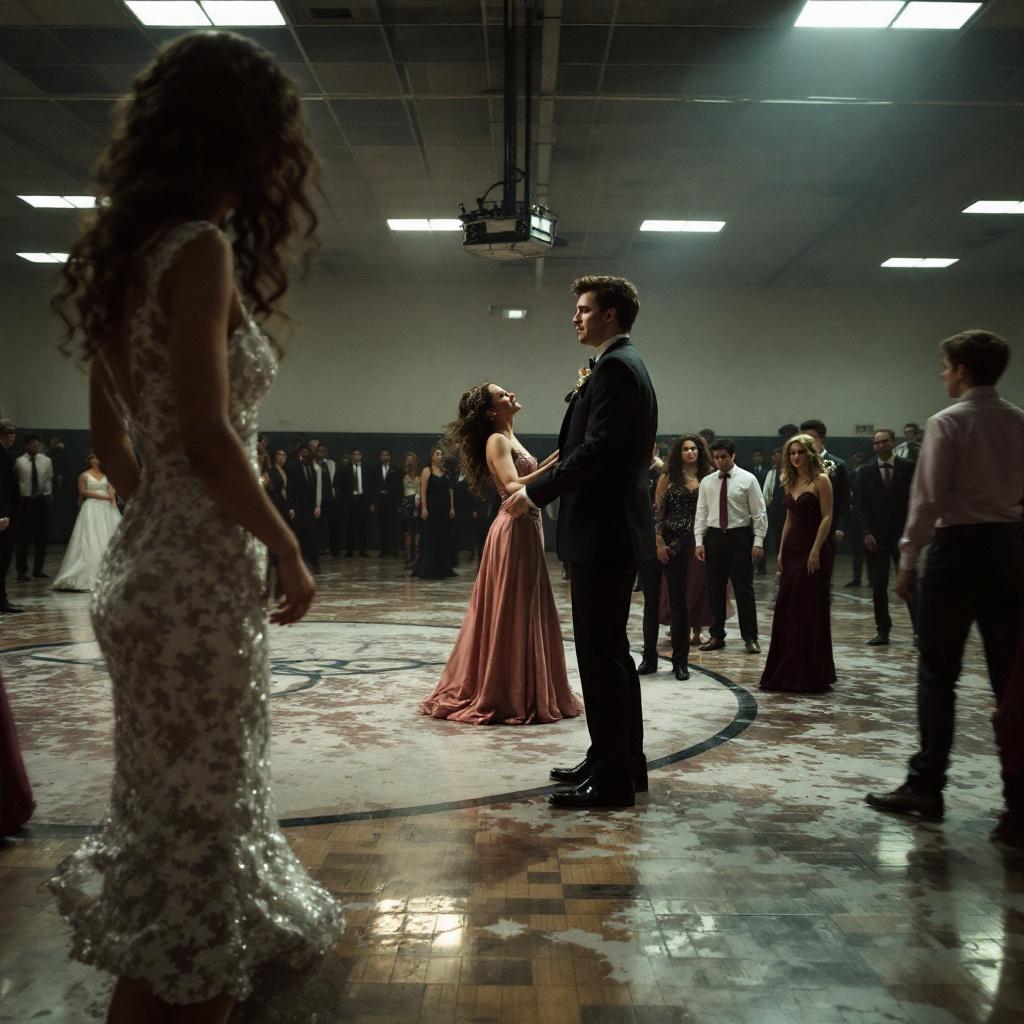
It’s hard to believe that as recently as 2014, Wilcox County, Georgia, was still holding segregated school proms. How did they manage this, even after desegregation? Easy—they just stopped hosting public proms, leaving the event up to the parents, who then organized segregated celebrations.
It wasn’t until four high school students—two Black, two White—said enough was enough. They launched a campaign on Facebook, calling for an integrated prom. Faced with public pressure, they succeeded, bringing Wilcox into the 21st century.
While this was an undeniable step forward, it serves as a reminder of how deeply entrenched racist systems can remain, even decades after they’re supposed to be dismantled.
Crown Heights, Brooklyn: Echoes of the 1991 Race Riots
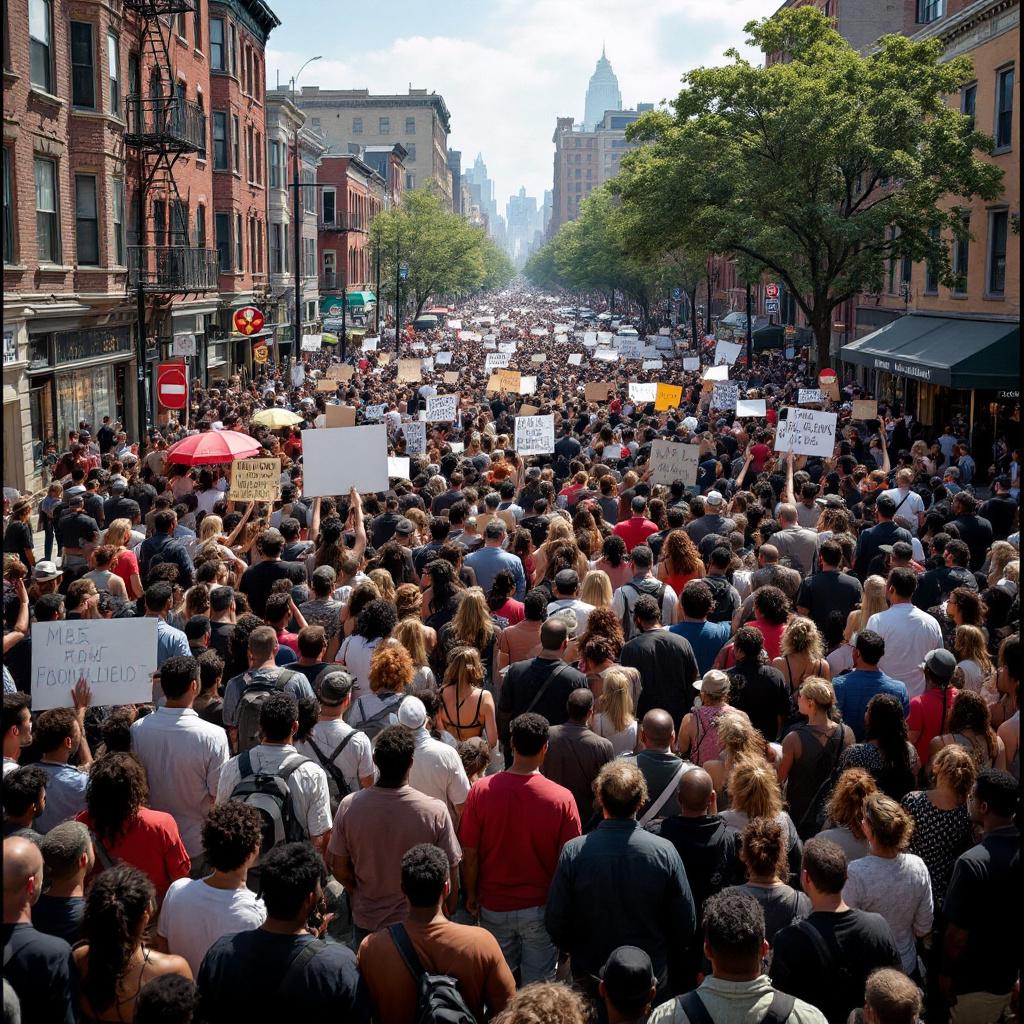
In the heart of New York City lies Crown Heights, a neighborhood where the tension between Black and Jewish communities came to a head in 1991 with race riots that shook not just the city but the nation. Though that was decades ago, hate crimes in Crown Heights remain an unfortunate reminder of that unresolved tension.
Anti-Semitism is often downplayed or brushed aside. But in the streets of Crown Heights, the scars are still felt. The fight for genuine racial peace and justice continues for its residents, particularly among the Hasidic Jewish population. Even today, a simple walk through this historically sensitive neighborhood can reveal just how divided things still are.
Milwaukee, Wisconsin: Stark Racial Disparities
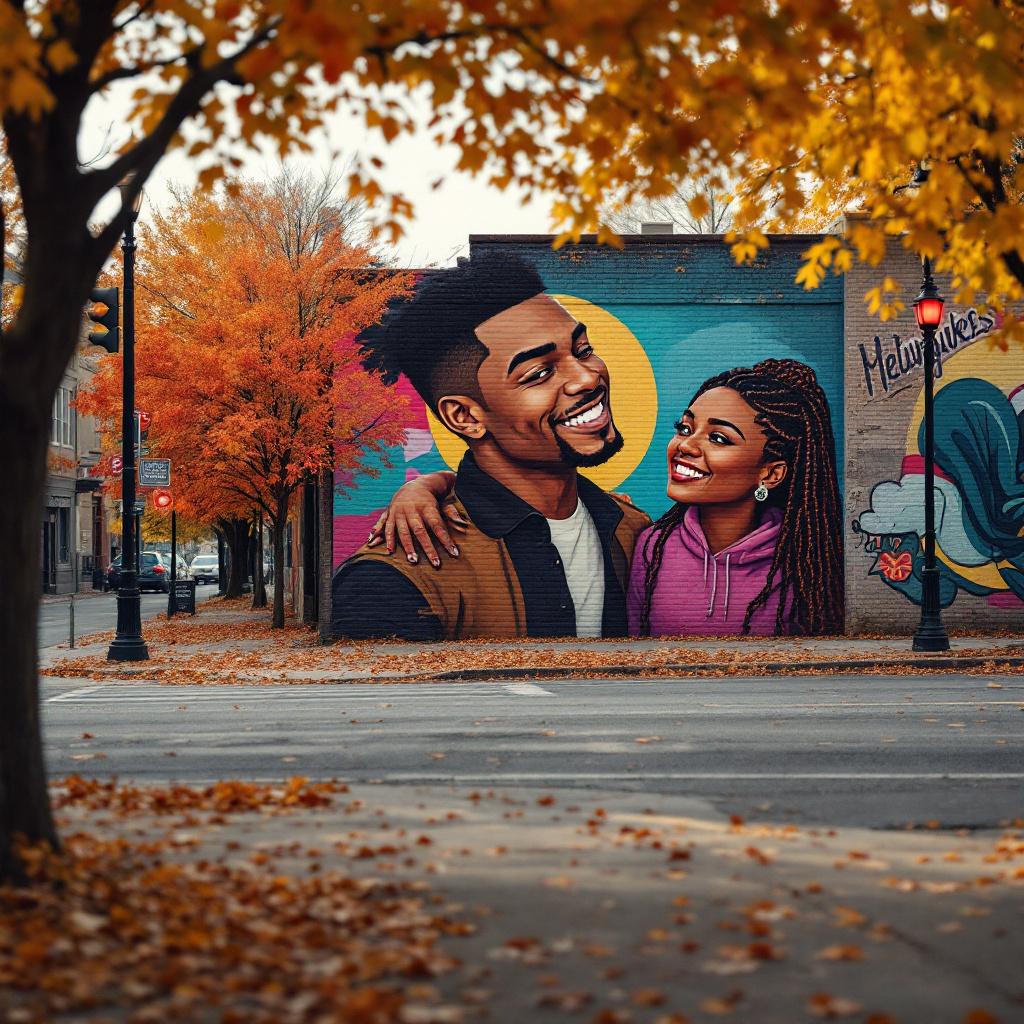
Despite being known for its positives, Milwaukee has one of the largest racial achievement gaps in its schools. Black students are suspended at twice the national average for similar infractions as white students. When you stop to consider that nearly 40% of Milwaukee’s population is Black, the statistics are alarming.
It’s not just in education where these gaps exist—historical policies have bubbled over into modern problems like residential segregation and mass incarceration. Wisconsin holds the grim title of incarcerating the most Black men in the nation, with more than half of all Black men in Milwaukee County having been jailed at some point in their lives. Groups like “Rid Racism Milwaukee” are trying to push for better racial harmony, but the work is far from over.
Honolulu, Hawaii: The Dark Side of Paradise
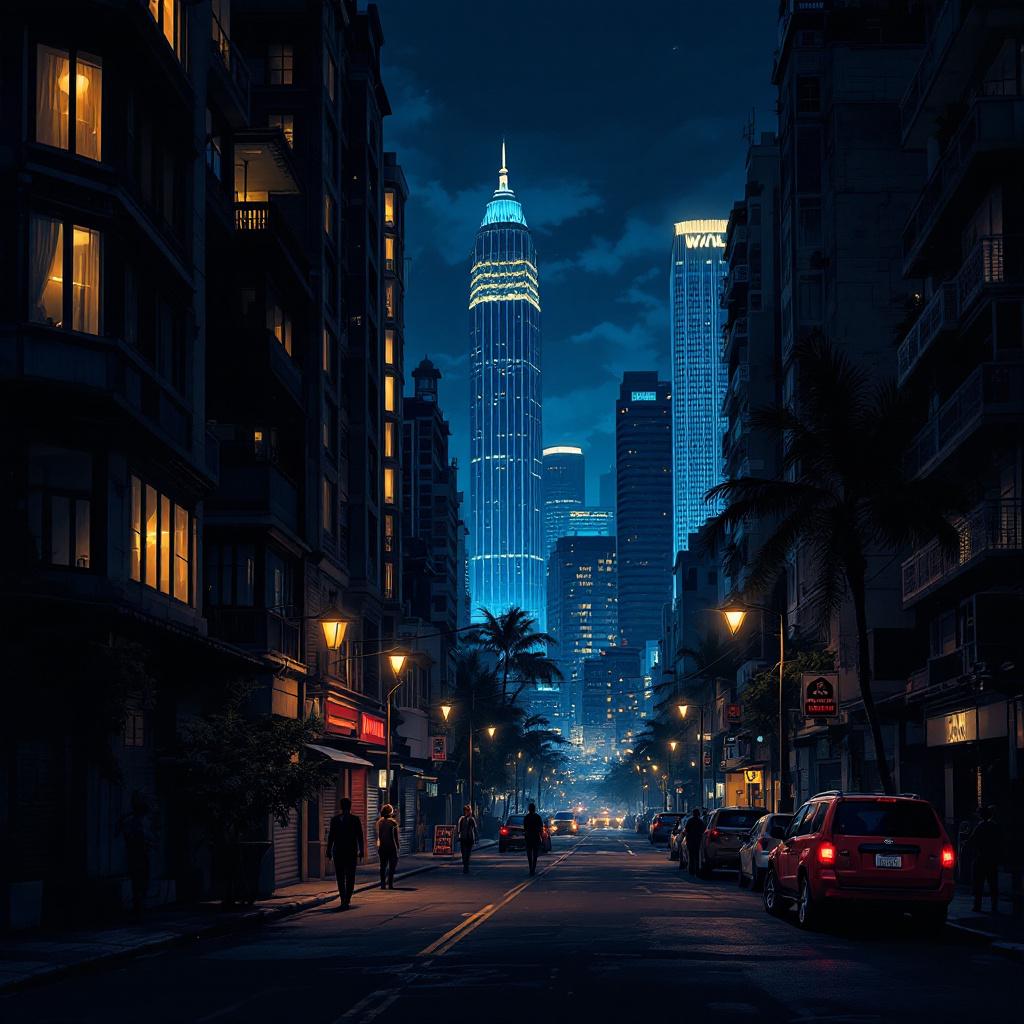
Honolulu may be a paradise for millions of tourists annually, but it’s not a paradise for everyone. Native Hawaiians are being pushed out of their homes due to the rising costs driven by tourism. They make up only 10% of the population of Oahu but account for over half of its homeless population.
This racial disparity traces back to the very roots of Hawaii’s history—the annexation of the islands, the overthrow of the Hawaiian Kingdom, and the erasing of Native Hawaiian culture and language. Tourists may not know it, but their presence in Honolulu could be contributing to this ongoing racial crisis.
Pulaski, Tennessee: The Birthplace of the Ku Klux Klan
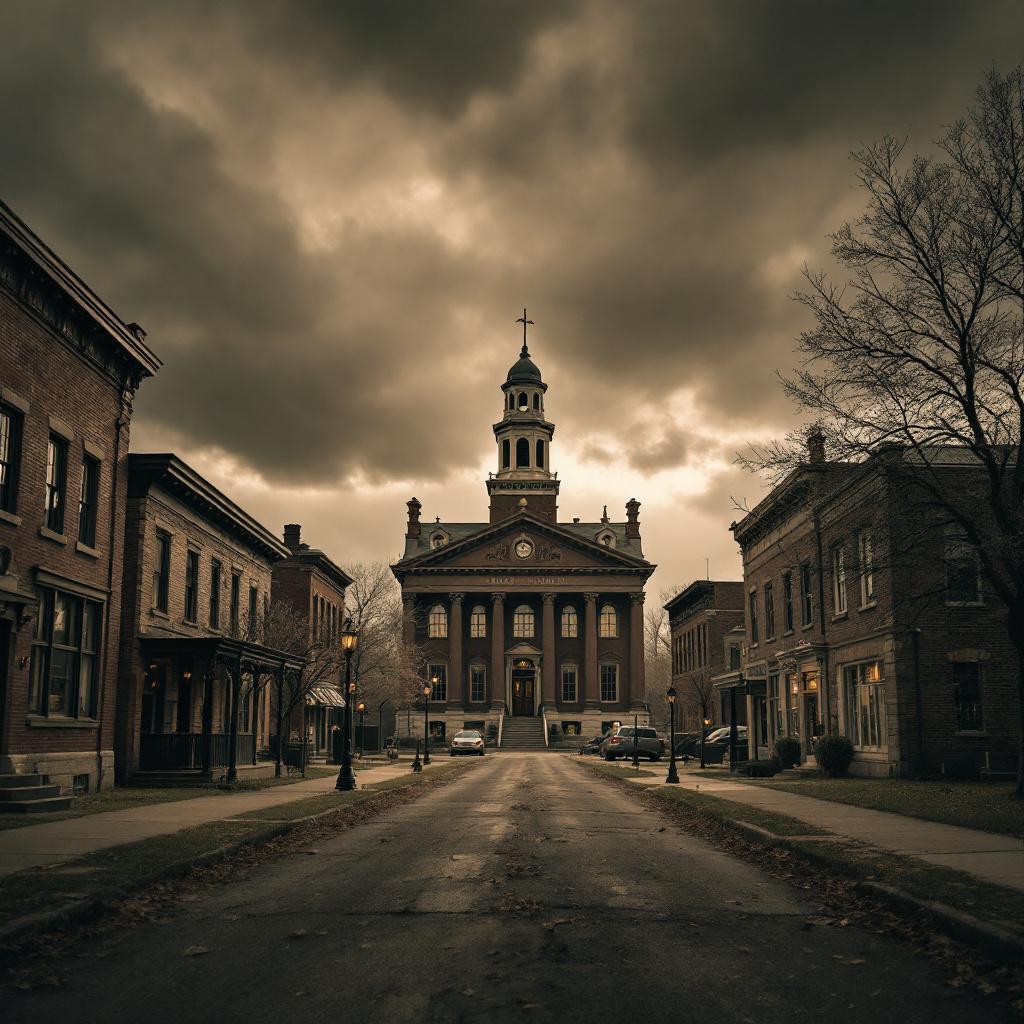
Pulaski, Tennessee, holds a dark place in American history. On December 24, 1865, a group of Confederate veterans founded the Ku Klux Klan right in this small town. Today, a plaque still hangs in the old courthouse commemorating that moment.
Some residents argue that the plaque represents the town’s “chivalry” during the Civil War, but for Black Americans, it’s an unmistakable symbol of terrorism and racial violence. Even though the Klan no longer openly operates in Pulaski, the shadow of its past looms large over the town.
Conclusion: The Path Forward
America has come a long way in confronting its legacy of racism, but the road is far from over. These towns serve as a reminder of the continued work needed to dismantle systems of racial injustice. From Harrison to Pulaski, the fight for equality isn’t just about changing laws—it’s about changing minds, communities, and futures. For the residents of these towns, there’s a lot of work still to do, but as the saying goes, “When we know better, we do better.” Let’s hope that future lists showcase towns remembered not for their racism, but for their efforts to create a more just and equal society.

